In the LPC4088 user manual (p. 876) we can read that LPC4088 microcontroler has a really extraordinary startup procedure:
This looks like a total nonsense and I need someone to help me clear things out... In the world of ARM I've heard countless times to put vector table looking like this:
reset: b _start
undefined: b undefined
software_interrupt: b software_interrupt
prefetch_abort: b prefetch_abort
data_abort: b data_abort
nop
interrupt_request: b interrupt_request
fast_interrupt_request: b fast_interrupt_request
exactly at location 0x00000000 in my binary file, but why would we do that if this location is shadowed at boot with a boot ROM vector table which can't even be changed as it is read-only?! So where can we put our own vector table? I thought about putting it at 0x1FFF0000 so it would be transferred to location 0x00000000 at reset but can't do that because of read-only area...
Now to the second part. ARM expects to find exactly 8 vectors at 0x00000000 and at reset boot ROM checks if sum of 8 vectors is zero and only if this is true user code executes. To pass this check we need to sum up first 7 vectors and save it's 2's complement to the last vector which is a vector for fast interrupt requests residing at 0x0000001C. Well this is only true if your code is 4-bytes aligned (ARM encoding) but is it still true if your code is 2-bytes aligned (Thumb encoding) which is the case with all Cortex-M4 cores that can only execute Thumb encoded opcodes... So why did they explicitly mention that 2's complement of the sum has to be at 0x0000001C when this will never come in to play with Cortex-M4. Is 0x0000000E the proper address to save the 2's complement to?
And third part. Why would boot ROM even check if sum of first 8 vectors is zero when they are already in boot ROM?! And are read-only!
Can you see something is weird here? I need someone to explain to me the unclarities in the above three paragraphs...
